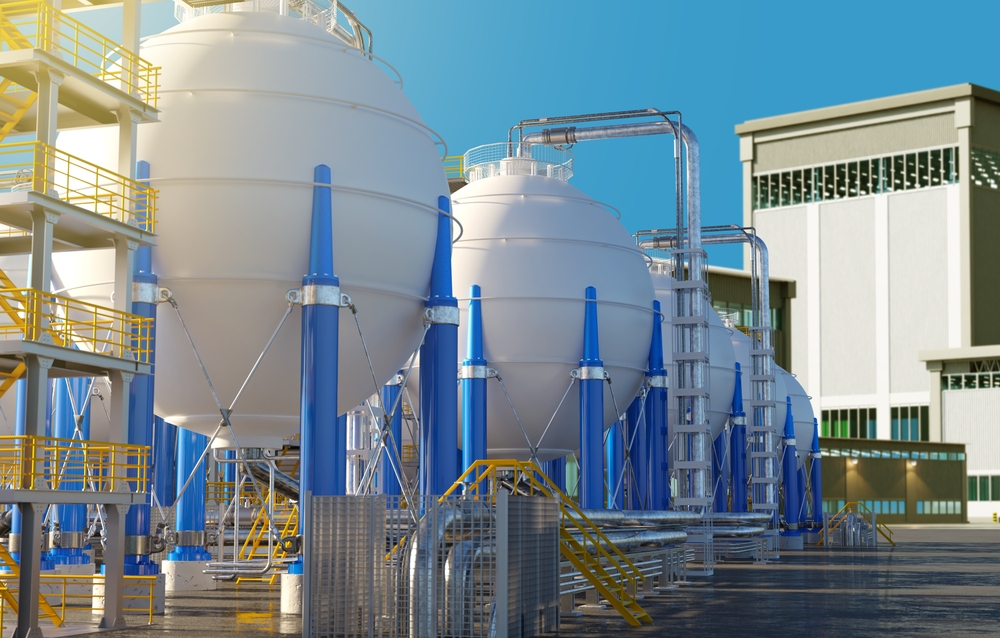A Korean research team has developed a new proton exchange membrane (PEM) that will greatly improve the performance of electrochemical hydrogen storage systems.
This next-generation PEM for LOHC-based electrochemical hydrogen storage was developed using a hydrocarbon-based polymer called SPAES.
Compared to commercially available pemnafion, it reduces toluene permeability by more than 60% and improves the falada efficiency of hydrogenation to 72.8%.
Barriers to efficient electrochemical hydrogen storage
Liquid organic hydrogen carriers (LOHCs) such as toluene are promising liquid compounds for storing and transporting hydrogen.
Unlike compacted (>100 bar) or liquefied (-252.9°C), LOHC can be treated under mild conditions.
However, in electrochemical hydrogenation systems, a common problem is the undesirable crossover of toluene through the membrane, which not only reduces efficiency, but also contaminates the anode-side oxygen evolution reaction (OER) catalyst.
Furthermore, the kinetics of hydrogen absorption and desorption in many materials are slow, reducing the overall efficiency and responsiveness of the system.
Furthermore, synthesis of high-performance materials often involves complex and expensive processes, which raises economic concerns. Safety issues such as the risk of hydrogen leakage and the reactivity of certain materials under operating conditions also pose serious obstacles to actual implementation.
Together, electrochemical hydrogen storage must be a viable and scalable solution for energy systems to address these technical and economic factors.
Reduces the permeability of toluene molecules
To address these concerns, the researchers designed a new hydrocarbon-based Spaes membrane with narrow hydrophilic domains (approximately 2.1 nm) that act as a proton pathway within the membrane.
These narrow domains significantly reduce the permeability of toluene molecules and reduce the diffusivity by 20 times.
As a result, the toluene crossover was reduced by 60%, and the farada efficiency increased from 68.4% to 72.8%. In long-term operation (48 hours), the voltage decomposition rate was reduced by 40% from 1270 mv/h to 728 mV/h. The membrane also exhibits strong chemical and mechanical stability, with minimal structural changes for extended use in hydrogen storage.
Commercialization of new technologies
Researchers hope that the technology will pave the way for a standalone, highly efficient electrochemical hydrogen storage system that can be commercialized around 2030.
The Soonyong dr of the Korea Research Institute of Chemical Technology (Krict) said the study provides a solution to the performance bottlenecks of membrane technology in electrochemical hydrogen storage.
Krict President Youngkook Lee added that the technology will be widely applied to environmentally friendly energy systems such as hydrogen fuel cell vehicles and hydrogen power generation, thereby contributing to the hydrogen economy.
Source link

